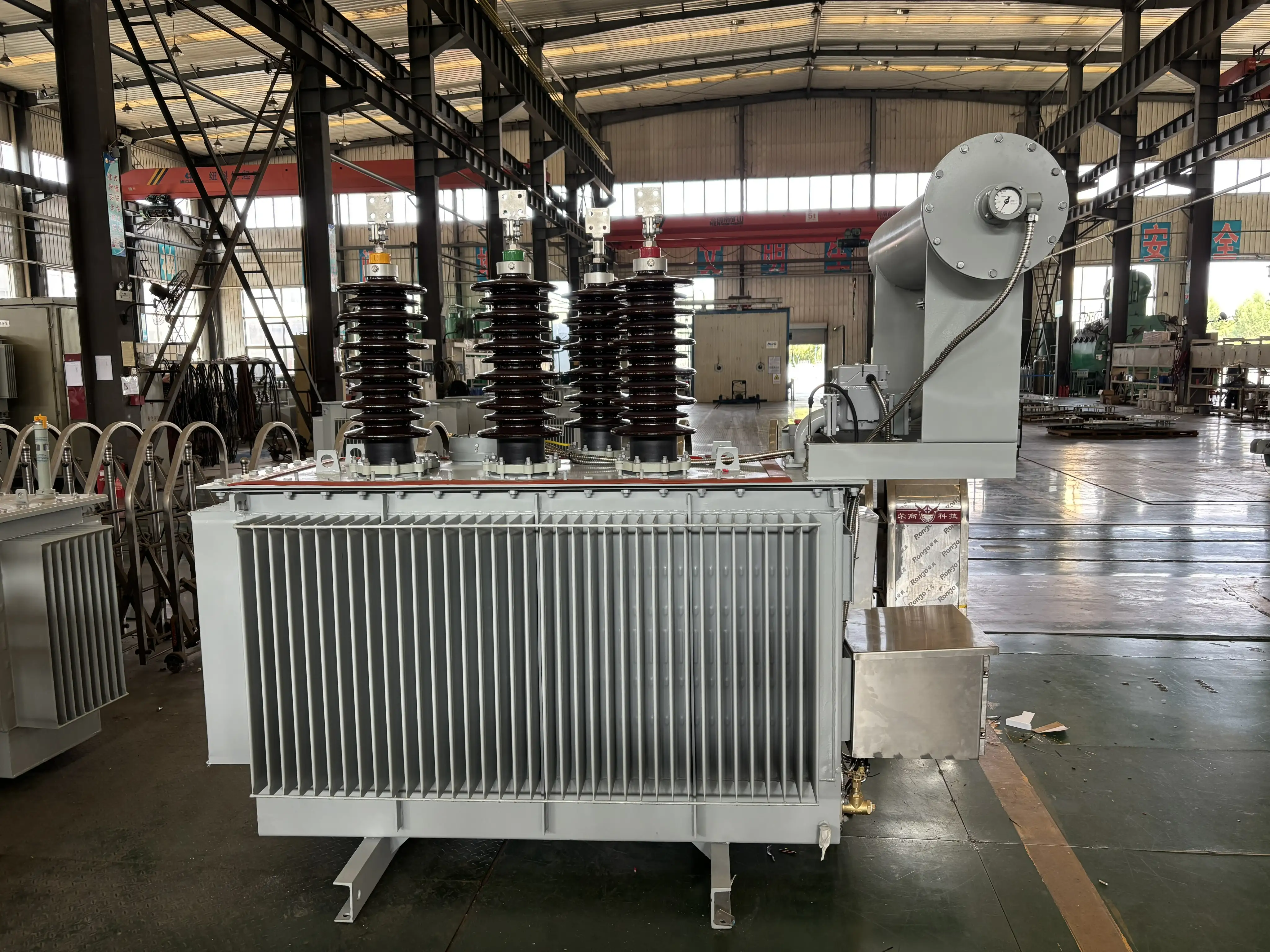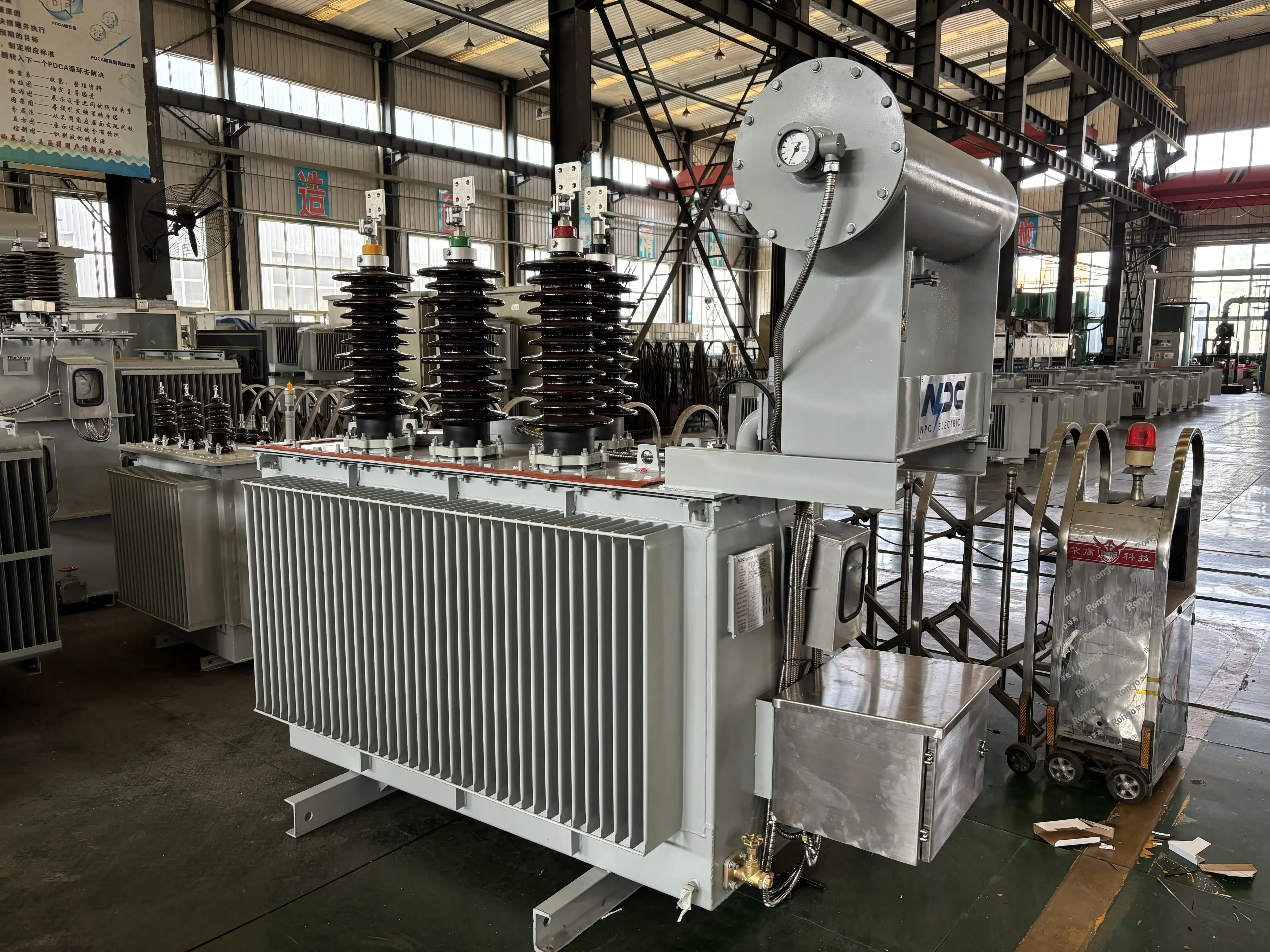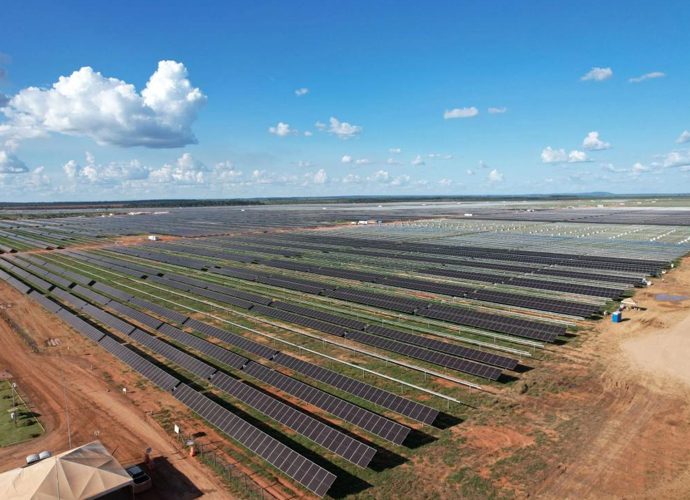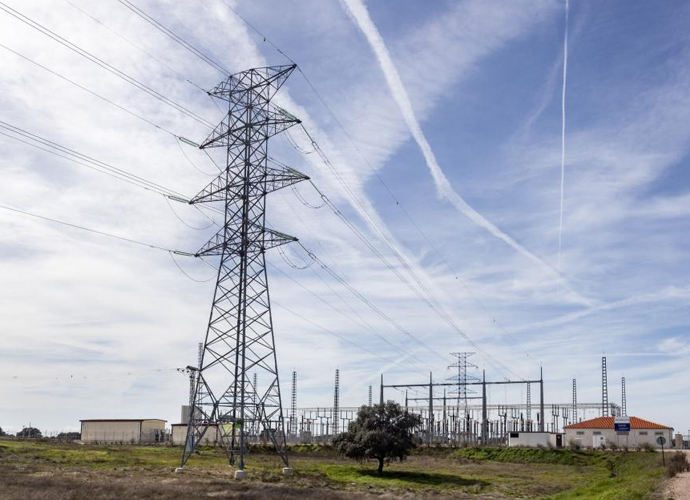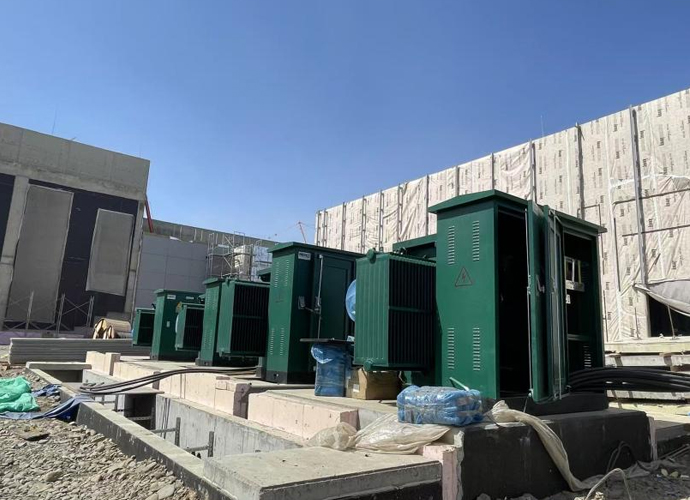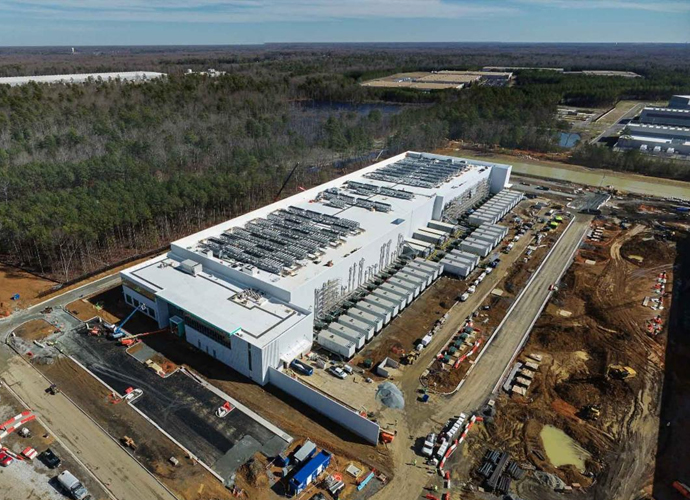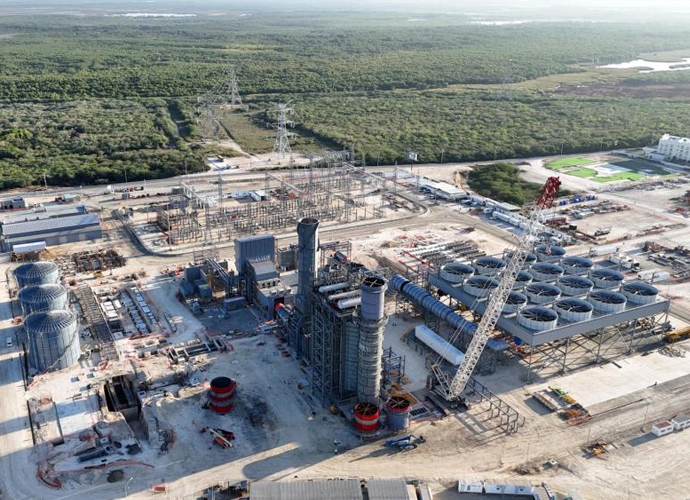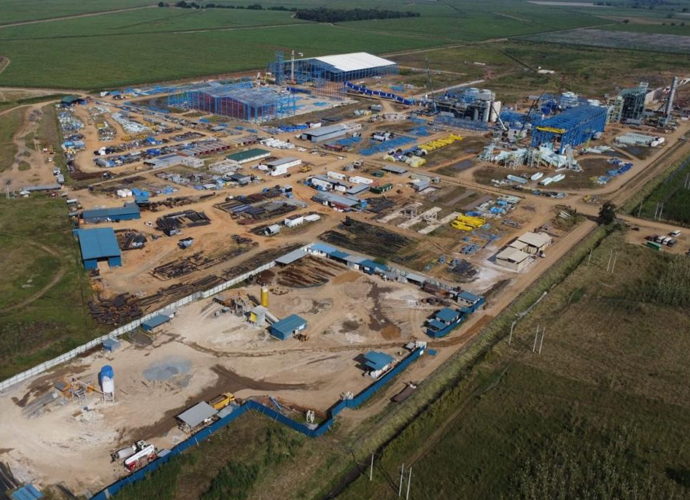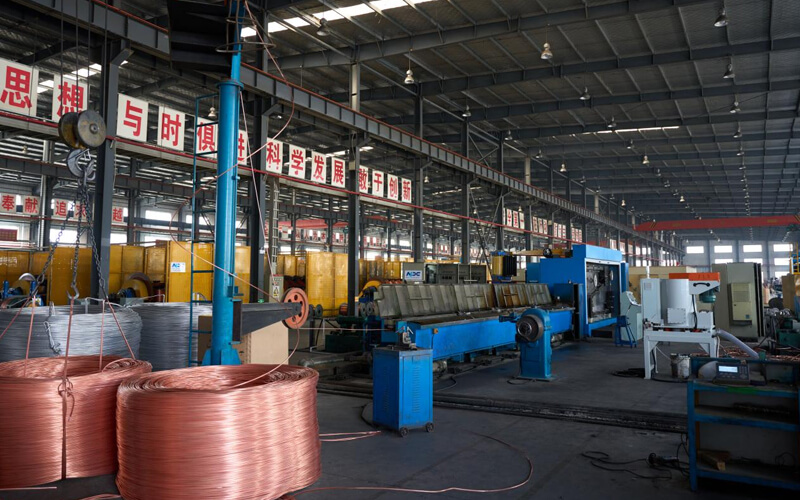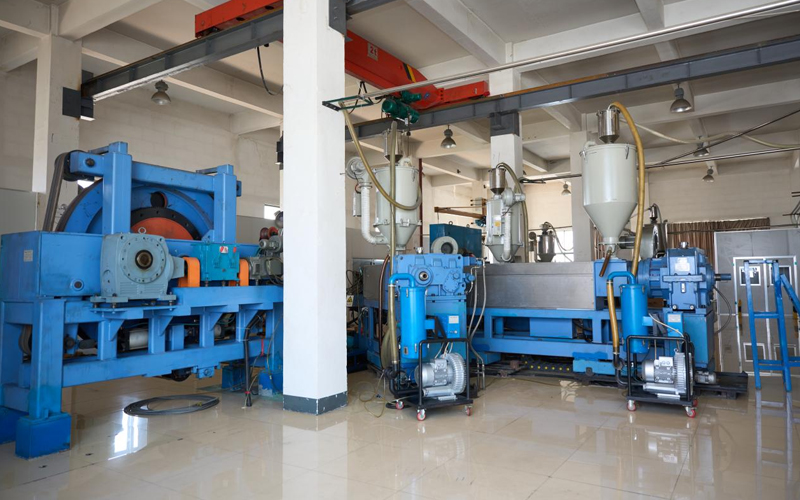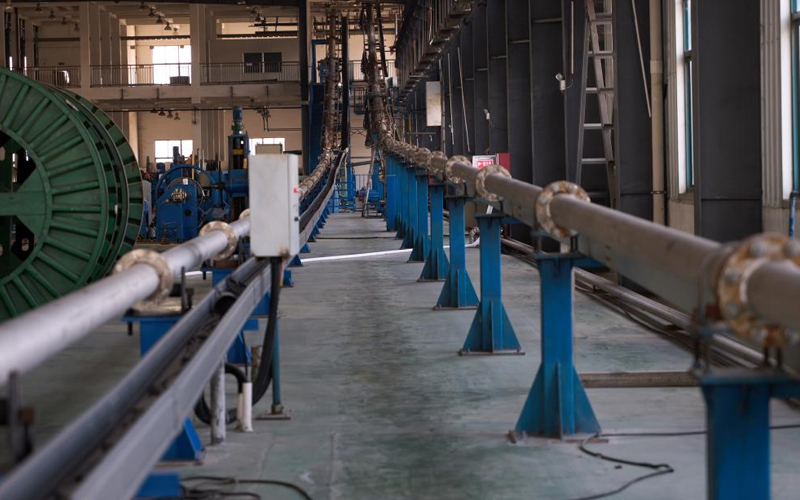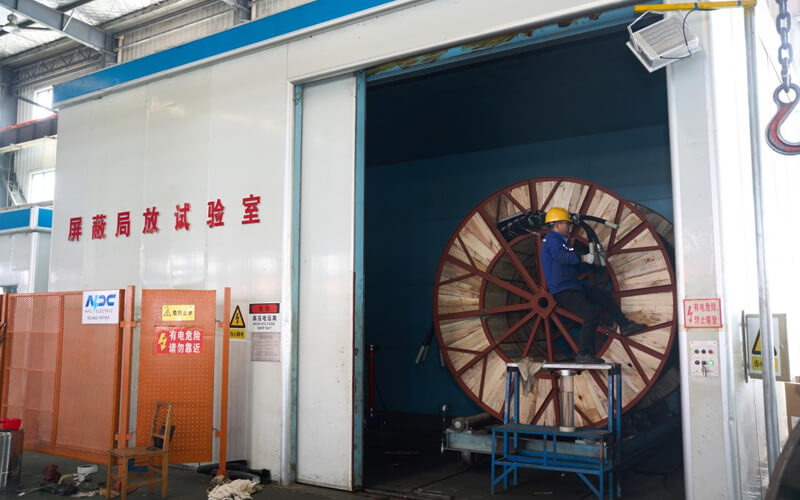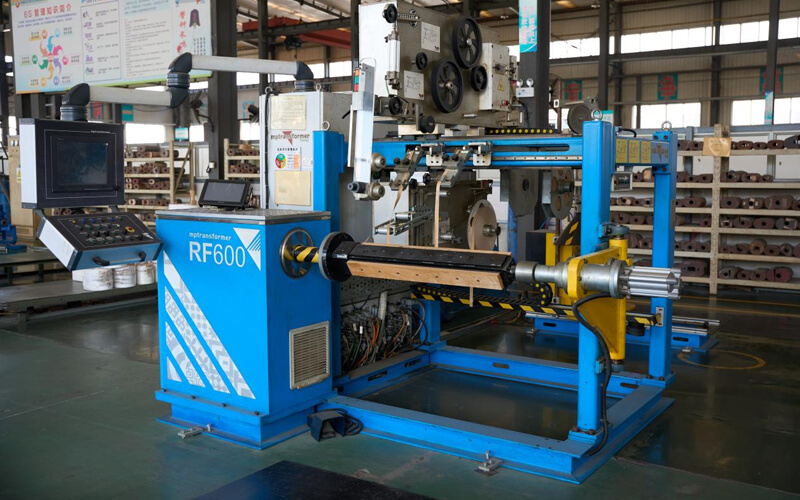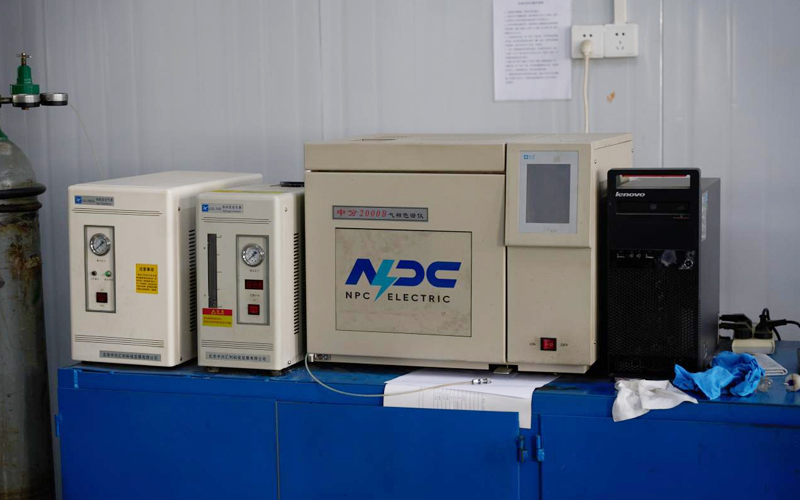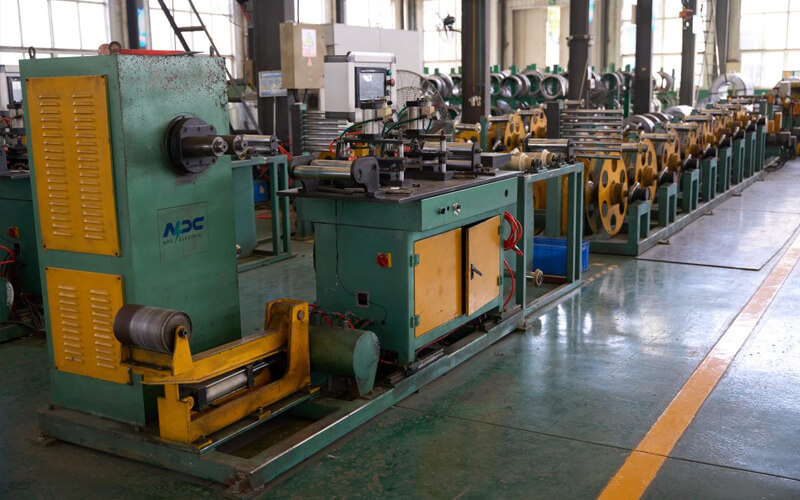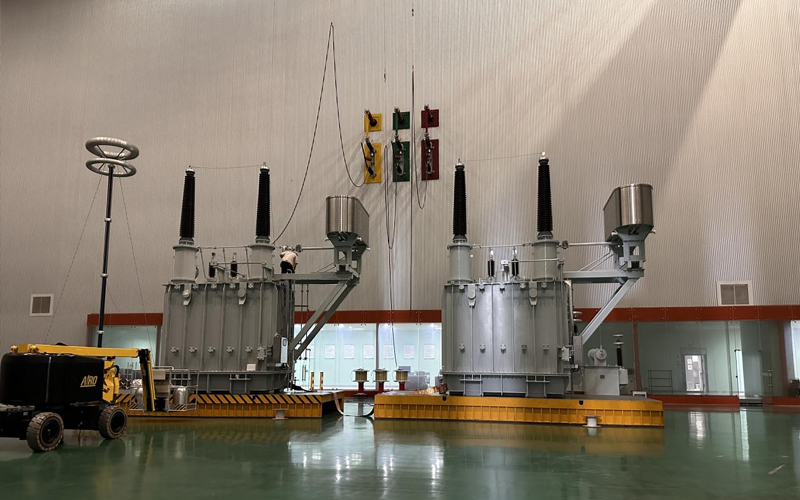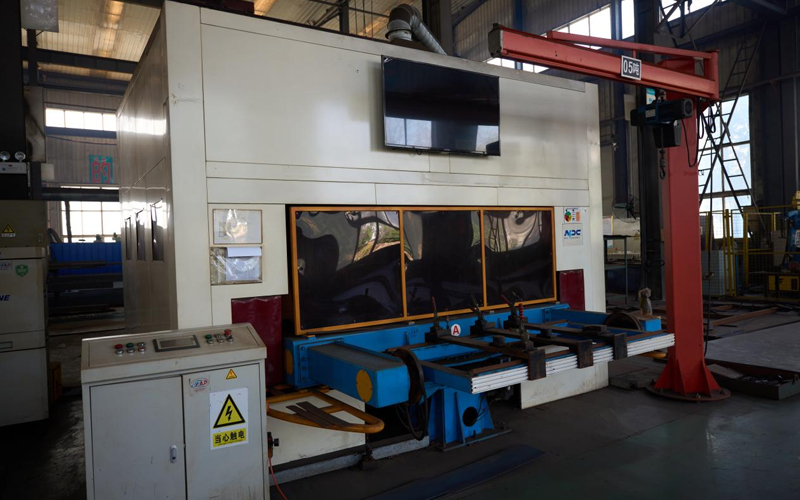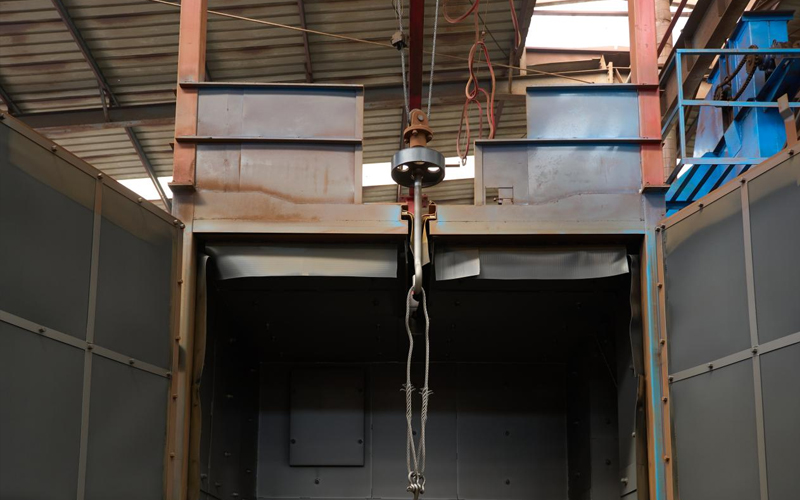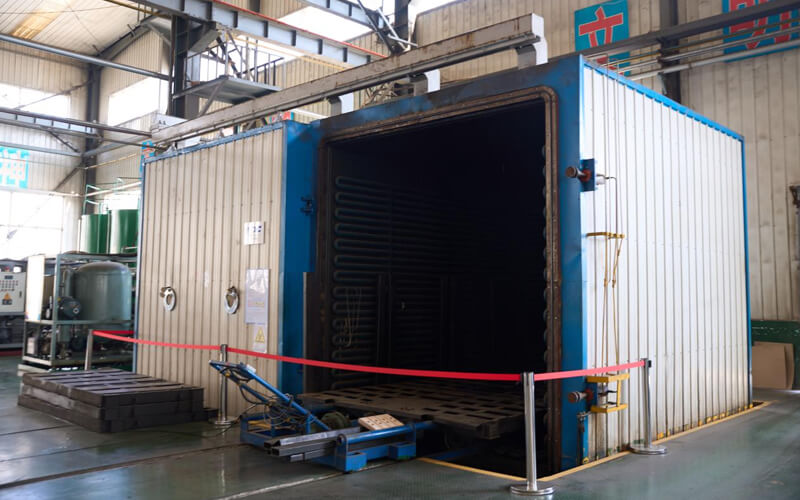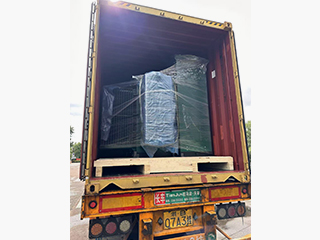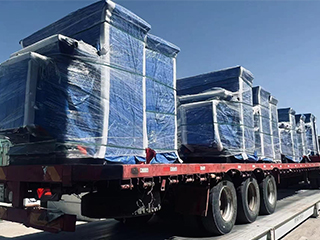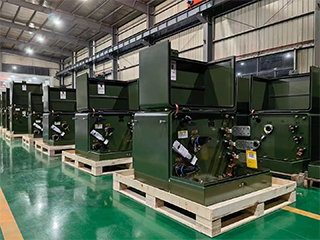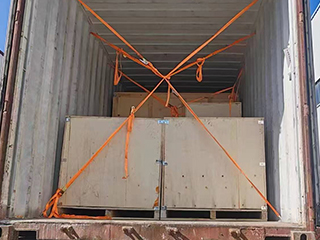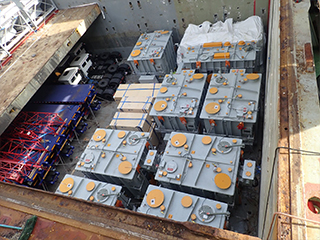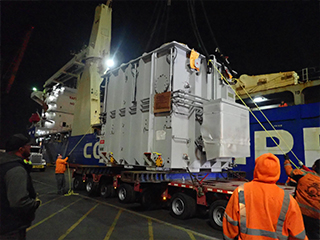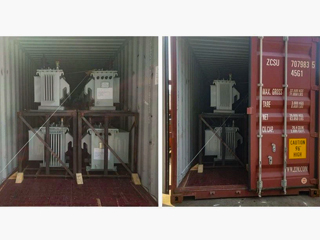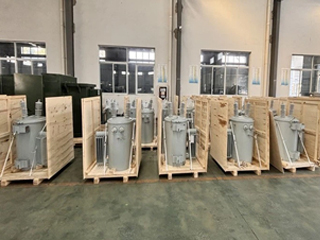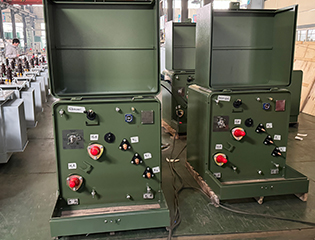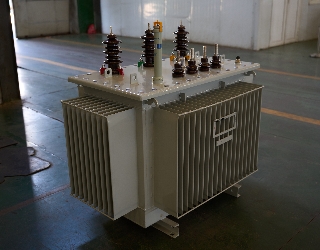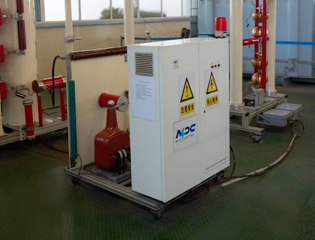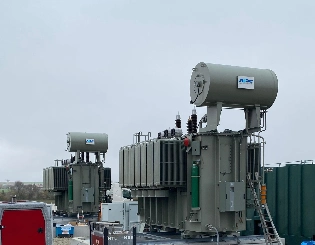Earthing Transformer
- Primary Voltage Ratings 34.5/33/24/12kV or others
- Secondary Voltage Ratings 480/277V, 400/230V, 380/220V, no LV winding or customized
- H.V. Tap Range ± 2×2.5% HV taps or others
- Type Earth transformer
- BIL 30/200kV 30/170kV or others
- Standards IEEE, ANSI, NEMA, IEC, GB
- Application Solar Farm,Substation,Grid-connected System etc
- Power Rating Customized
- Certificate UL ,CESI
- Cooling Method ONAN, KNAN
- Oil Mineral Oil or FR3
- Opeartion Grounding
Technical Specifications
| Technical Specifications | ||
| Rated Power | Customized | |
| Rating Primary Voltage | 2.4-34.5kV | |
| Secondary Voltage | 480/277V 400/230V 380/220V Customized |
|
| Frequency | 50/60Hz | |
| Vector Group | ZNd, ZN | |
| Winding Material | Aluminum/Copper | |
| Zero-Sequence Impedance | Customized | |
| Altitude | ≤1,000m or Customized | |
| Color | ANSI 70 Light gray/Munsell 7GY3.29/1.5 or customized etc | |
| Tank material | Mild Steel, 304 Stainless Steel | |
| Insulating Oil Weight | 1000 kg | |
| Total Weight | 4200 kg | |
| Outline Dimensions(L×W×H)in. | 2500×1100×2500(mm) | |
| HV Bushing |
| LV Bushing |
| Tap changer |
| Oil level gauge |
| Oil temperature indicator |
| Pressure relief device |
| CT |
| Lifting hook for complete transformer |
| Name plate |
| Radiators |
| Oil upper filtering valve |
| Oil drain valve with 3/8" sampler |
| Terminal box |
Customization Optional
Packing and Shipping
The transformer is securely packed in a robust, weather-resistant wooden crate or steel container, with appropriate cushioning materials like foam or bubble wrap to absorb any shocks or impacts during transport.
The packing is carefully designed to protect the transformer from moisture, dust, and other environmental factors that could potentially affect its functionality.
For shipping, the transformer is typically delivered via road, rail, or sea, depending on the destination. It is properly secured to the shipping platform or pallet using straps or tie-downs to prevent any movement during transit. The packaging is clearly labeled with handling instructions and safety warnings to ensure that all involved parties handle the equipment with care.
Shipping documentation, including customs clearance forms, certificates of origin, and any necessary permits, are included to comply with international shipping standards. Upon arrival, the transformer is inspected for any potential damage before installation. This thorough packing and shipping process ensures that the Grounding Transformer reaches its destination in optimal condition, ready for installation and long-term operation.
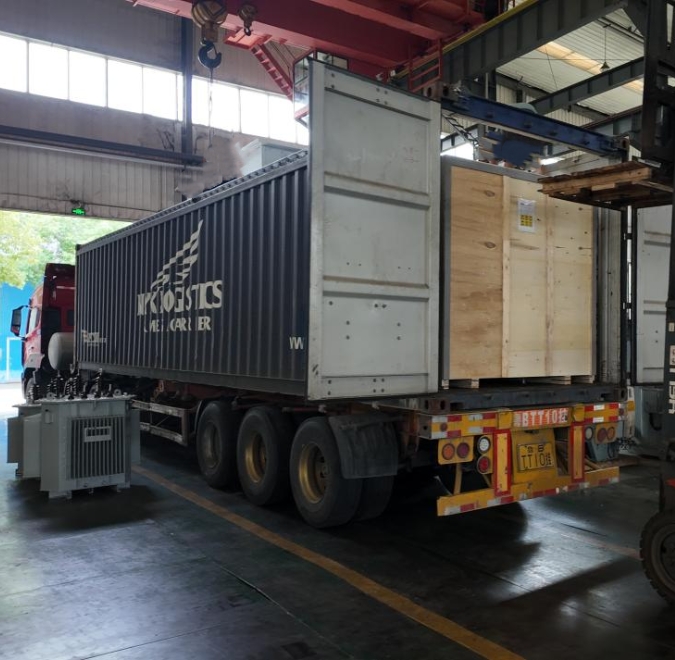
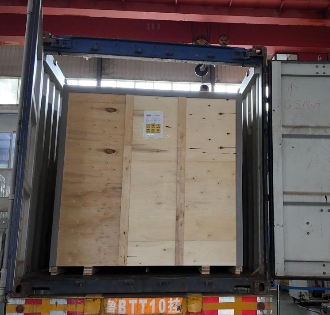
Manufacturer Test
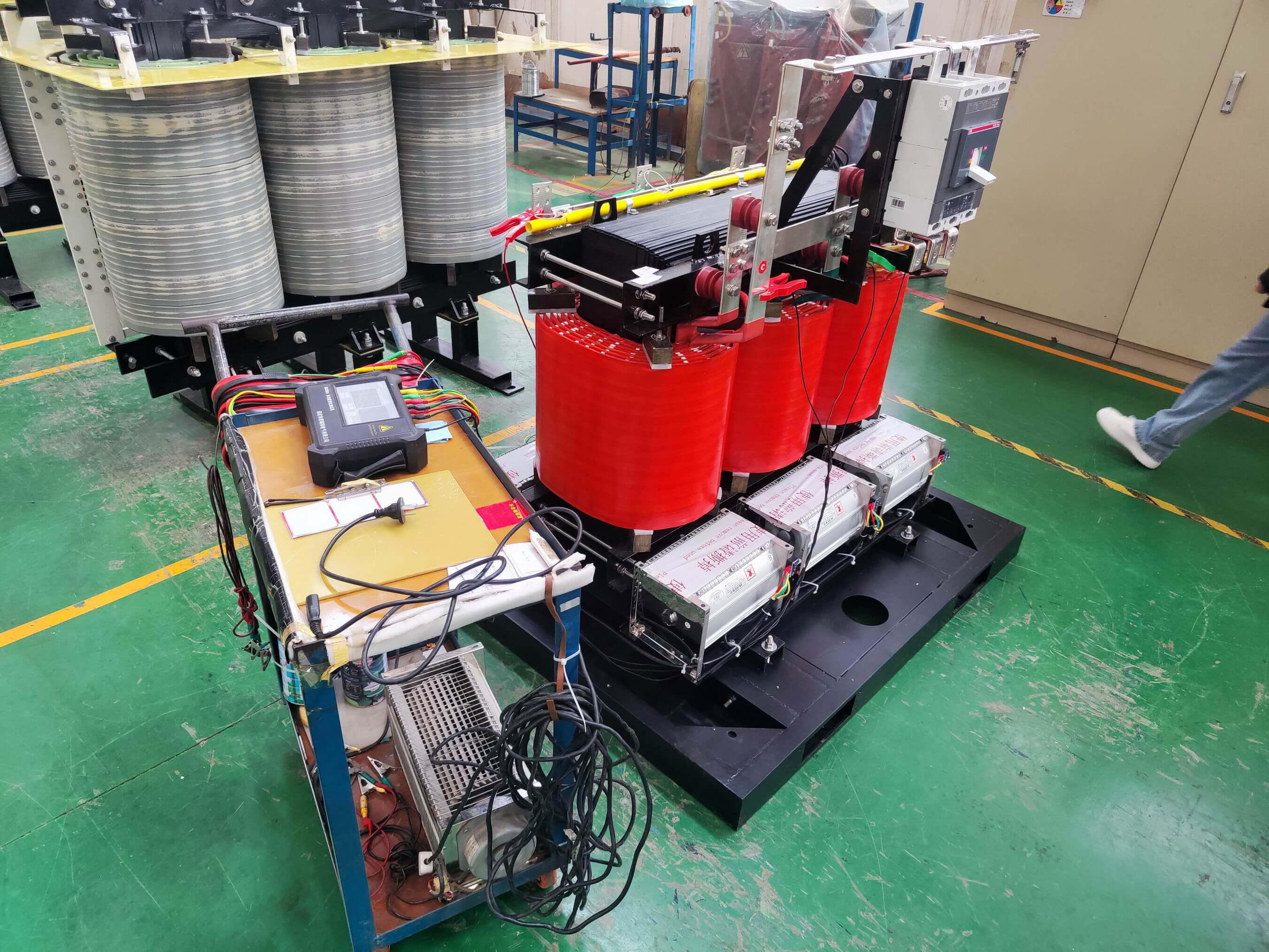
Progress Test
NPC Electirc manufacture Grounding transformers have the strict quality control,The Progress Test for Grounding transformers is carried out during the manufacturing process to ensure that the transformer meets all design and quality requirements. These tests include verification of the core insulation, winding resistance, and dielectric strength of the transformer. Additionally, electrical components such as bushings, tap changers, and protection devices are tested for proper functionality. The progress test also checks the transformer’s ability to handle operational loads and voltage fluctuations. Any issues identified during these tests are addressed before moving on to the final testing stages, ensuring that the transformer is reliable, safe, and ready for commissioning. These tests are essential to confirm the transformer’s performance under real-world conditions and compliance with industry standards.
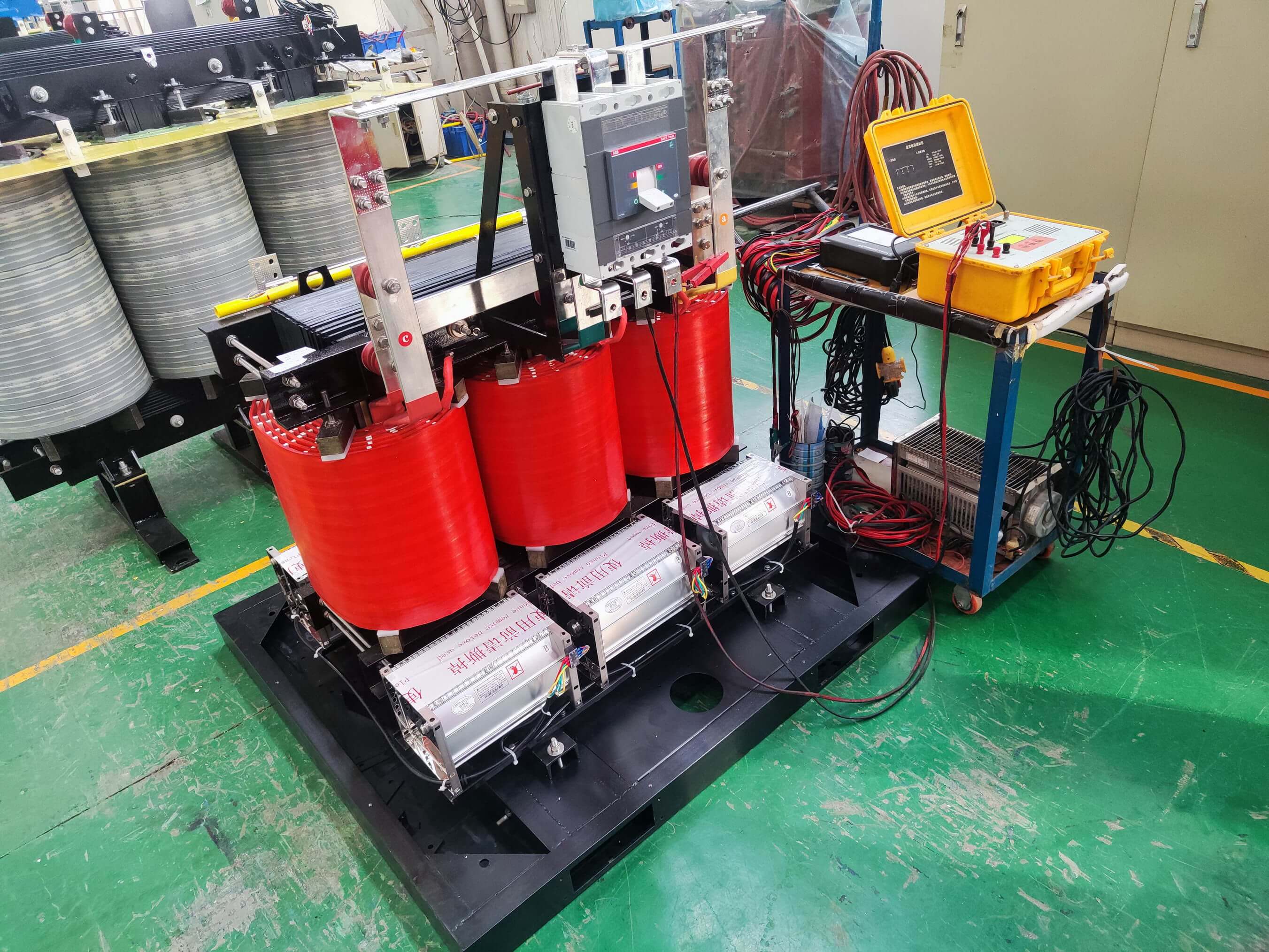
Design Tests
All transformer will be test after finished the production, test items as below:
♦ Insulation Power Factor
♦ Winding Resistance
♦ Impulse Tests
♦ On load Loss Test
♦ No Load Loss Test
♦ Leak Test
♦ DC Insulation Resistance Test
♦ Transformer Turns Ratio/TTR (All Tap Voltages)
♦ Impedance Voltage & Load Loss (Rated Voltage)
♦ Excitation & No-Load Loss (Rated Voltage)
♦ Applied Voltage
♦ Induced Voltage
♦ Lightning Impulse
♦ Insulation Resistance (Rated Voltage)
♦ Temperature Rise
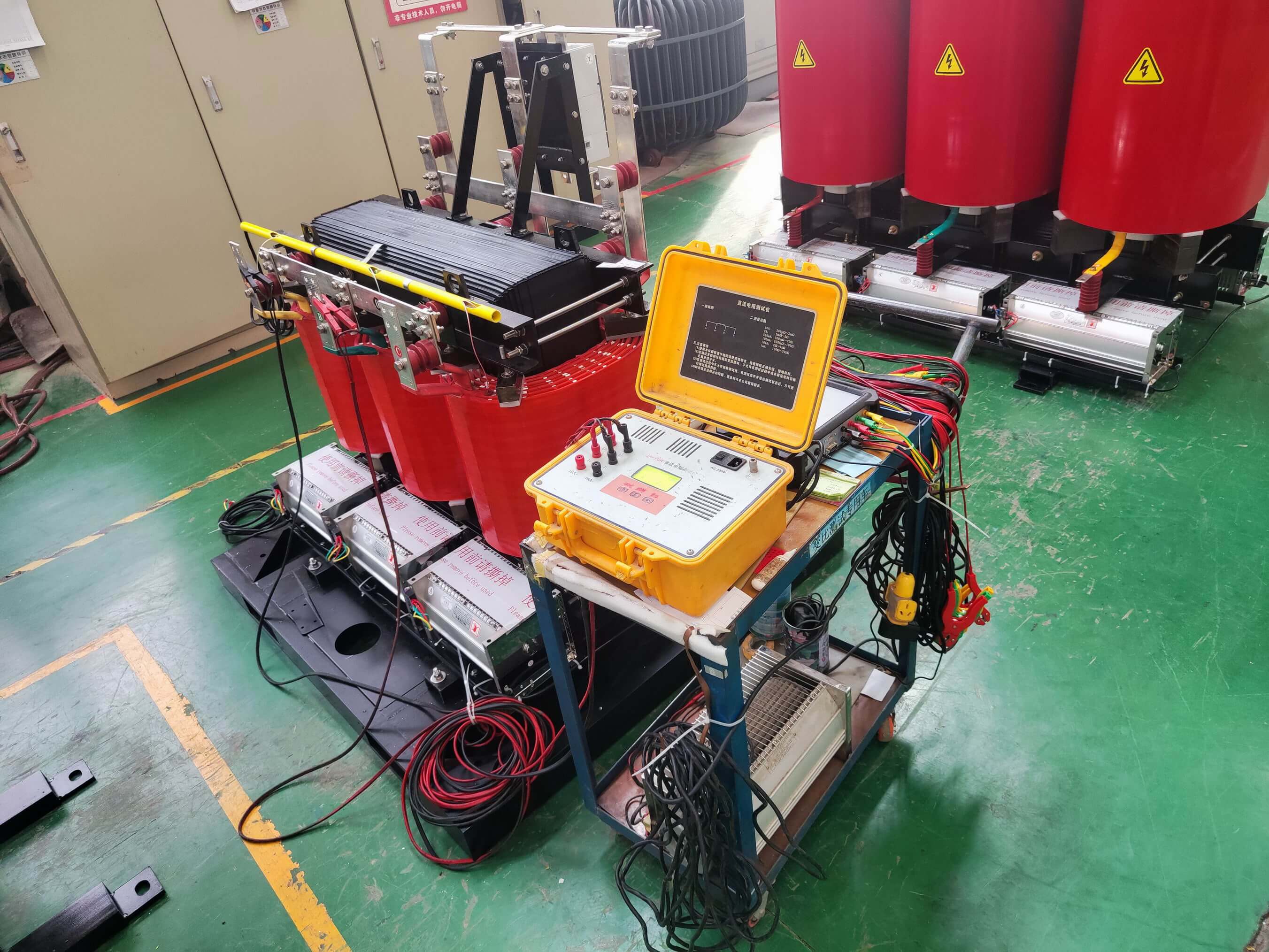
Transformer Factory Acceptance Test
NPC Electric will tests made for quality control by the manufacturer on every device or representative samples, or on parts or materials as required, to verify during production that the product meets the design specifications.
The Transformer Factory Acceptance Test (FAT) for Grounding transformers is an essential procedure conducted before shipment to ensure the transformer meets all required standards and performs optimally. During the FAT, several critical tests are carried out:
Visual Inspection: Ensuring the transformer’s physical appearance, including the enclosure, bushings, and labeling, meets design specifications.
Electrical Testing: This includes measuring winding resistance, insulation resistance, and verifying the turns ratio to confirm proper electrical functionality.
Protection Device Testing: Confirming that safety features such as surge arresters, tap changers, and other protective components function properly.
The FAT ensures the 30kVA three-phase Oil immersed transformers is reliable, safe, and ready for installation, guaranteeing compliance with industry standards before being dispatched to the customer.
Routine Test - On load Loss Test
Voltage source and current source (usually rated voltage, or adjusted according to the test standard, such as 10 KV, 20 KV, 35 KV, etc.)
Temperature and humidity meter (used to record ambient temperature and humidity for correction of test data)
The test environment should be dry and rainless, with a relative humidity of less than 75% and a recommended temperature range of 20–30°C.
Connect the test equipment to the appropriate terminals of the device under test and ensure that all wiring is correct and the device is well grounded.
Apply Test Voltage:
Apply the specified test voltage at the rated frequency and adjust the low voltage side to maintain the rated current (or specified current).
On-Load Loss Power
Input Power and Output Power
Current
Voltage
Temperature (temperature rise or winding temperature)
Ambient temperature and humidity during the test

Application
Technical Advantages
Product Packaging
Related Products
FAQ From Customers
-
What is a Transformer?A transformer is an electrical device used to change the voltage of alternating current (AC). It works on the principle of electromagnetic induction, converting high-voltage current into low-voltage current or low-voltage current into high-voltage current. Transformers are widely used in power transmission, distribution systems, and various electronic devices.
-
What are the main uses of a transformer?The main use of a transformer is voltage conversion. Transformers are used in power transmission systems to help transfer electricity from power plants to consumers. In addition, transformers are also used in electronic devices such as chargers, televisions, power adapters, etc., to adjust the voltage to meet the requirements of different devices.
-
Do you have UL listed?Yes, our transformer has UL listed. We have exported to America many pad mounted transformer,substation transformer and HV.

